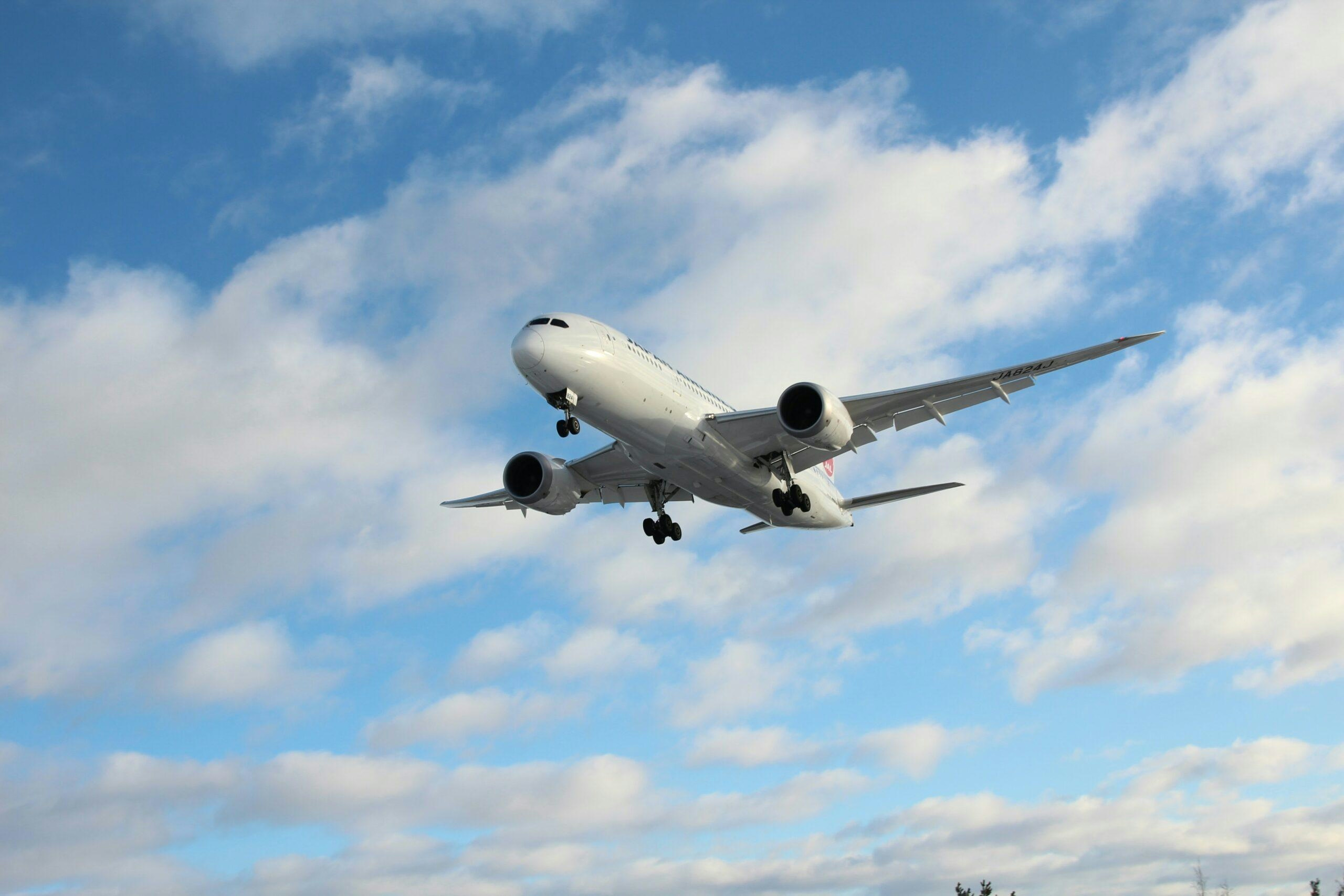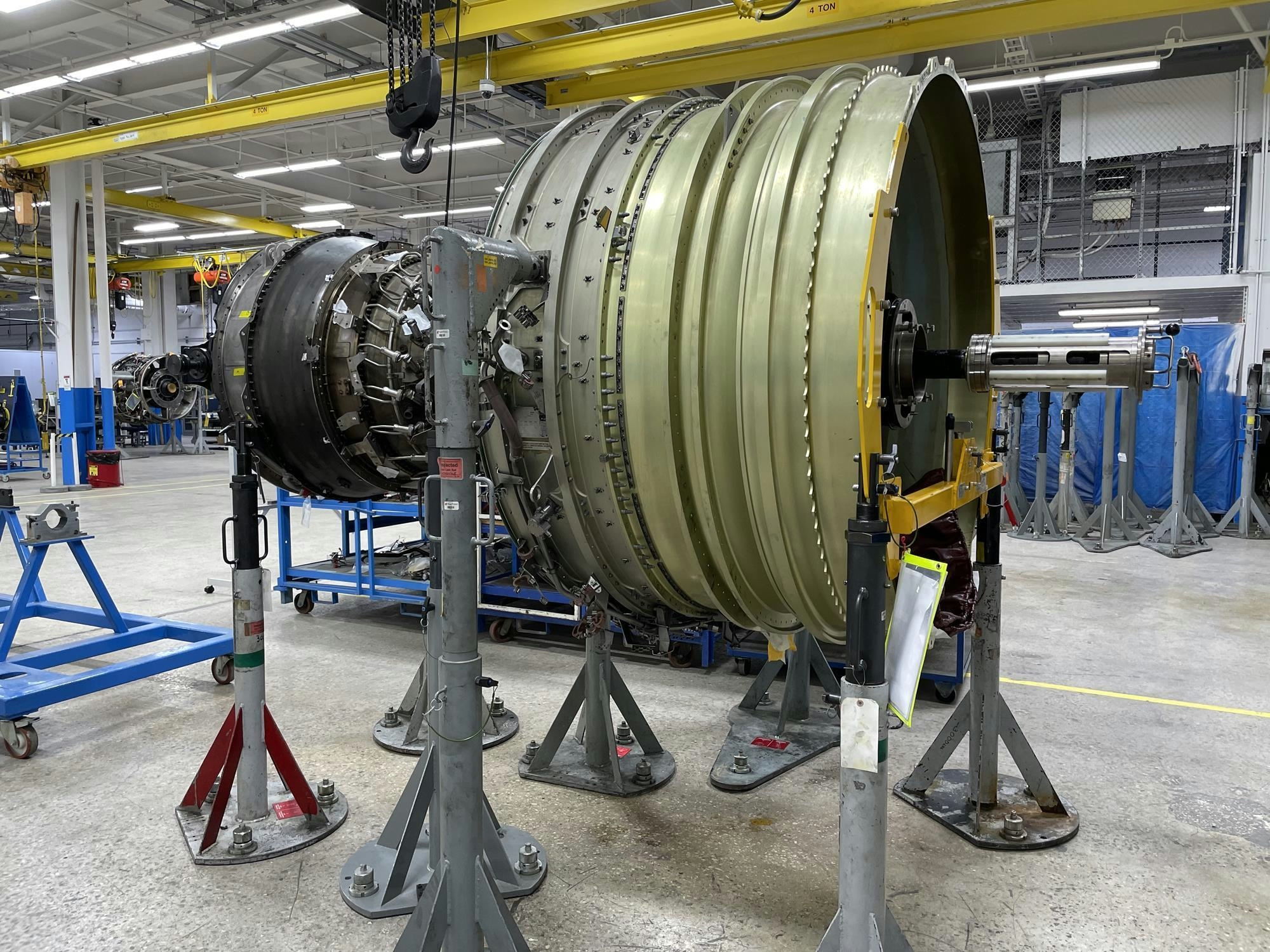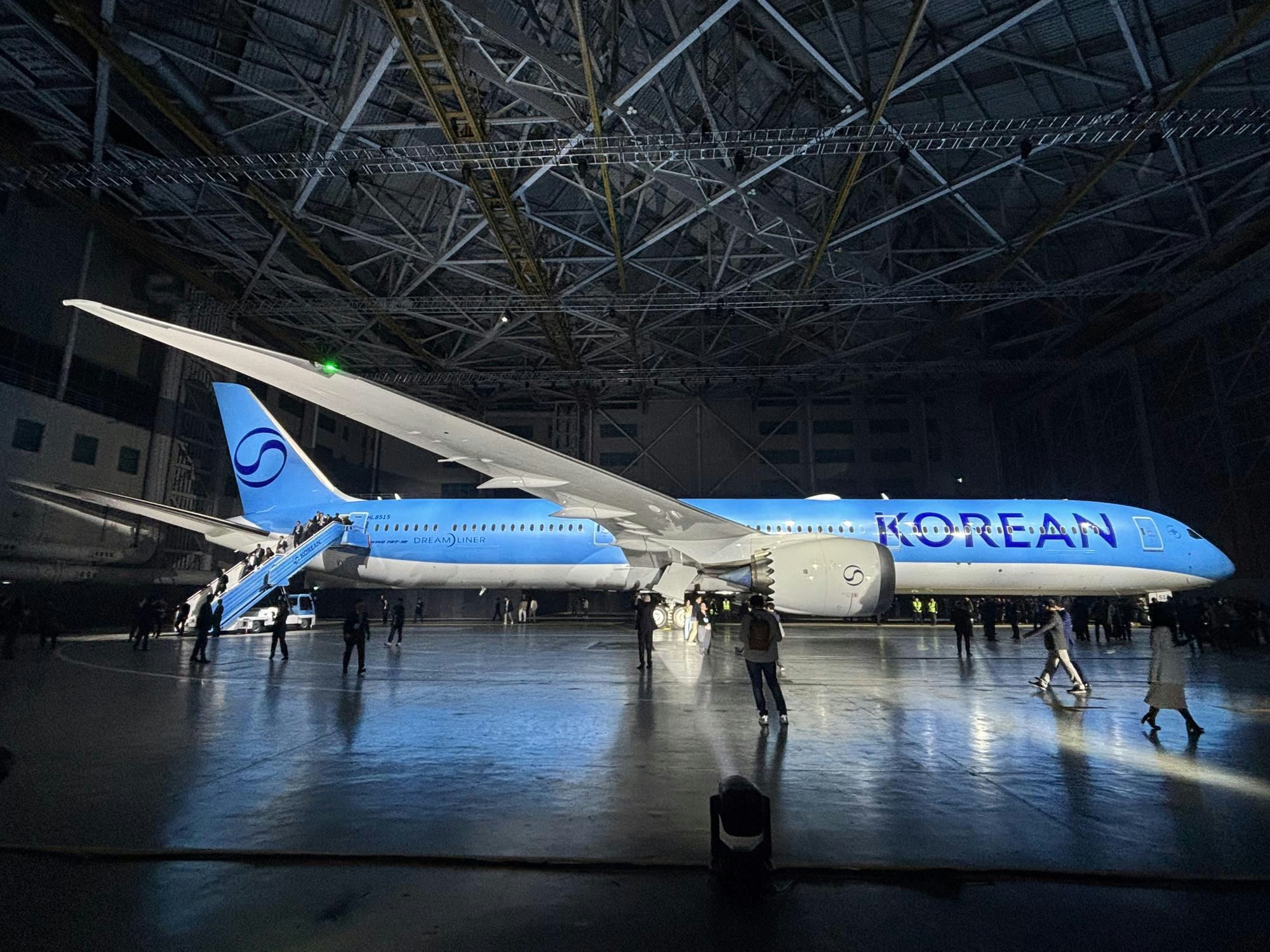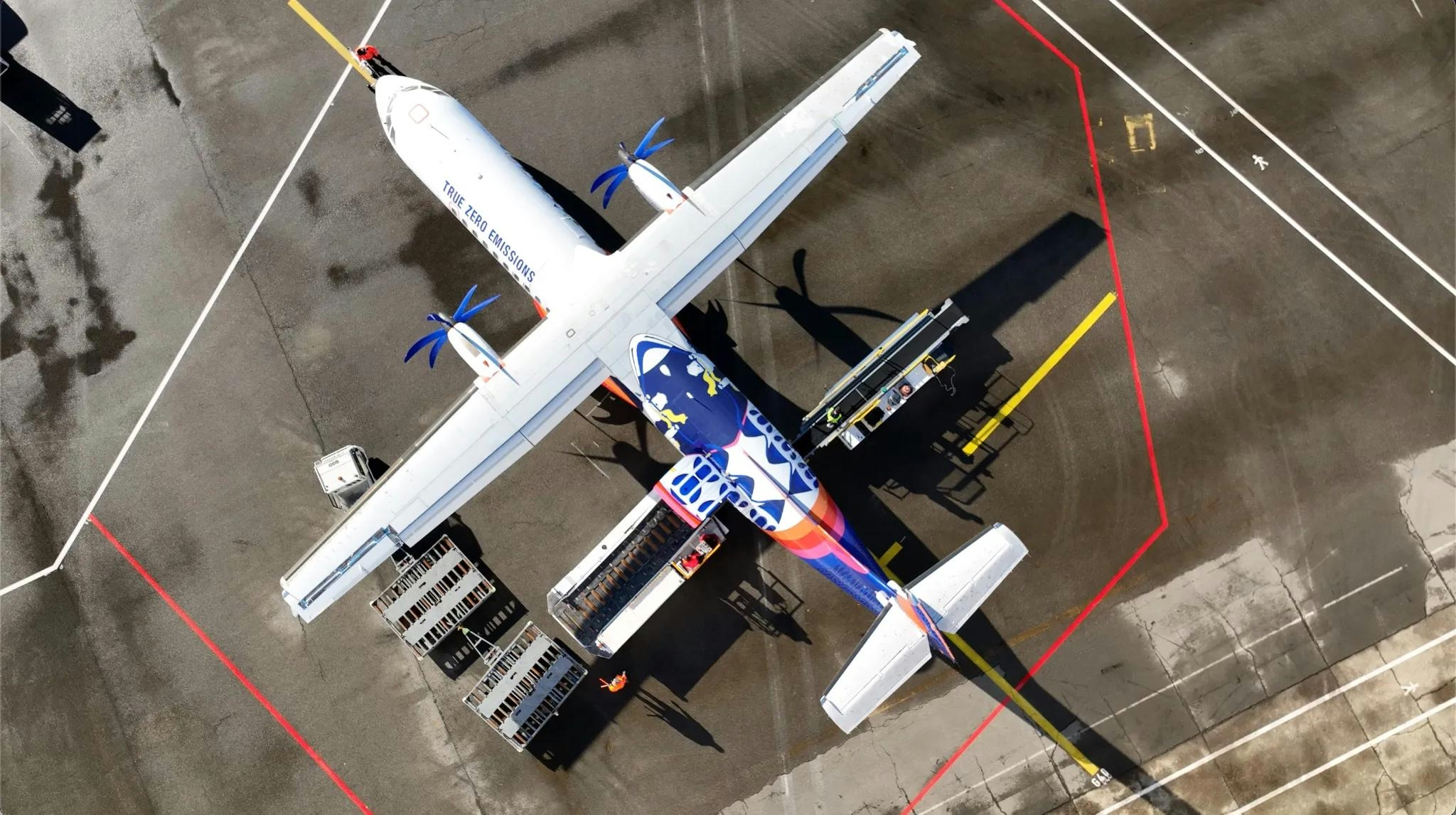
AeroGenie — Your Intelligent Copilot.
Trending
Categories
The Case for Earning an Airframe and Powerplant License at SUU

The Case for Earning an Airframe and Powerplant License at Southern Utah University
Aircraft Maintenance Technicians (AMTs), commonly referred to as Airframe and Powerplant (A&P) mechanics, are essential to the aviation industry, responsible for the maintenance and repair of aircraft to ensure safety and compliance with regulatory standards. To enter this highly specialized and regulated profession, technicians must obtain an A&P license from the Federal Aviation Administration (FAA). Southern Utah University (SUU) distinguishes itself as one of the few institutions in Utah offering a comprehensive Aircraft Maintenance Technician Program designed to prepare students for the FAA certification exams.
SUU’s Aircraft Maintenance Technician Program
The program at SUU admits 50 students each semester and can be completed in approximately 18 months. Graduates not only become eligible to take the FAA’s A&P exams but also earn an associate’s degree, which enhances their competitiveness in the job market. The curriculum is rigorous, reflecting the demanding standards of the aviation industry, and requires students to engage in extensive hands-on training. Prospective students should be prepared for both academic challenges and practical experience, as the program emphasizes mastery of complex technical skills essential for success in the field.
Advantages of Pursuing an A&P License at SUU
The aviation maintenance sector is currently experiencing a surge in demand for licensed technicians, driven largely by a wave of retirements among experienced professionals. This trend has created strong job prospects and increased stability for new entrants. Aviation companies actively seek skilled graduates, and the demand for qualified A&Ps is expected to remain robust in the foreseeable future.
Financially, the profession offers competitive compensation. According to the U.S. Bureau of Labor Statistics, the average hourly wage for AMTs is $38.05, translating to an annual salary of approximately $79,140. This attractive pay scale, combined with the flexibility inherent in the field, makes the career appealing to individuals seeking upward mobility and job security.
The nature of the work itself is diverse and dynamic. Aviation maintenance technicians have the opportunity to work across various sectors, including airlines, maintenance, repair, and overhaul (MRO) companies, as well as general aviation. The role involves a variety of tasks and challenges, ensuring that the work remains engaging and fosters continuous professional development.
Unlike many technical careers that involve prolonged desk work, A&P mechanics spend the majority of their time actively engaged with aircraft systems. The work is physically active but generally does not require heavy labor, making it accessible to a broad range of candidates who prefer hands-on roles.
SUU’s program offers a distinct advantage by allowing students to earn an associate’s degree alongside their certification. While the degree is not mandatory for entry-level positions, it provides a significant edge in the job market and can facilitate career advancement. Additionally, SUU offers pathways for further education, including a Bachelor of Aviation Management and an MBA with an emphasis on Aviation Administration and Leadership, enabling graduates to expand their qualifications and career opportunities.
Navigating the Competitive Educational Landscape
As the demand for skilled aviation technicians grows, other institutions are expanding or introducing similar programs. These competing schools may offer benefits such as alternative locations, lower tuition costs, or additional certifications. Prospective students are encouraged to carefully evaluate their options to identify the program that best aligns with their career objectives and personal circumstances.
For detailed information about Southern Utah University’s Aircraft Maintenance Technician Program, interested individuals should consult the university’s official website.

Warburg Pincus Acquires Hong Kong-Based Topcast Aviation Supplies

FTAI Aviation Shares Rise 6.3% Following AI Partnership with Palantir

Airports Innovate 2025 Shapes the Future of Aviation

How Volcanic Ash Disrupts Aircraft Engines

Ethiopia Volcanic Ash Plume Poses Risk to Aviation, DGCA Issues Warning

SIA Engineering and Safran to Expand LEAP Engine Maintenance Partnership

Korean Air to Build New MRO Facility at Seoul Incheon Airport

The Continued Importance of Charter Flight Cost and Time Estimators for Business Aviation

Pivot Airlines to Acquire First DHC-8-Q300 Aircraft
